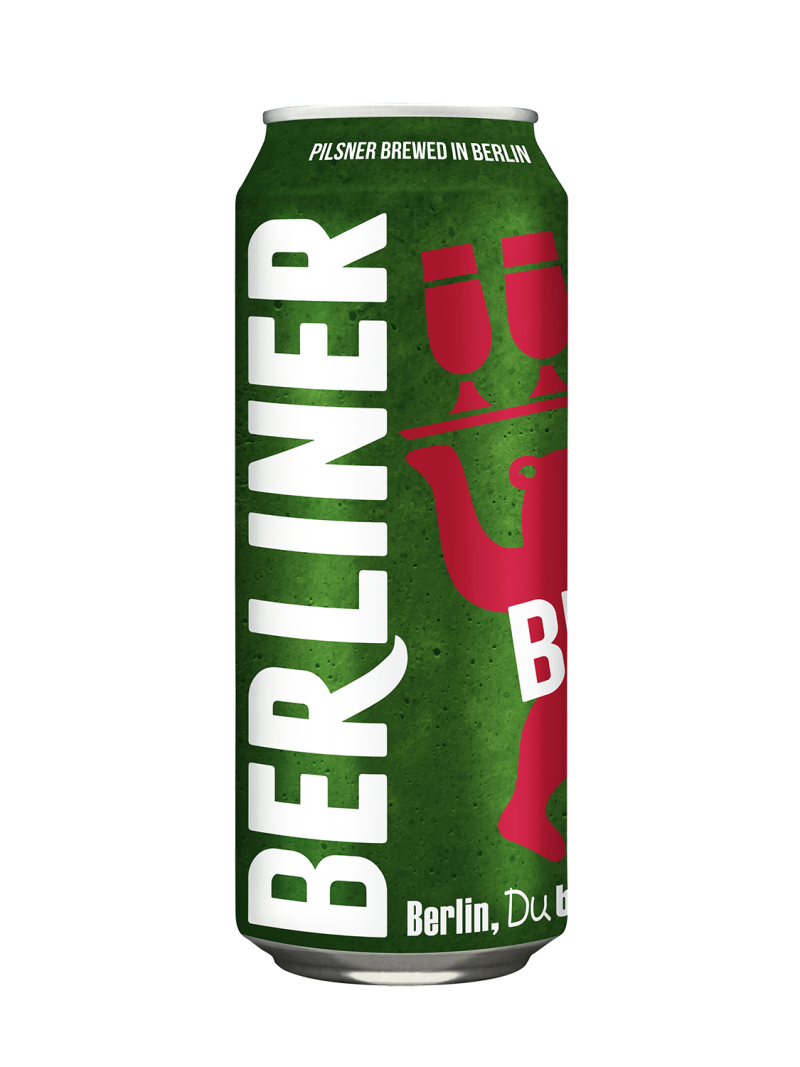
BERLINER PILSNER, FUEL FOR ALL THOSE, WHO ARE THRILLED BY THE VIBRANT VIBES OF BERLIN.

Water, barley, malt and hop – you do not need more to brew a good Pils. Serendipity for the best ingredients from our nature, craftsmanship und great know-how. But first of all passion for really good beer - Berliner Pilsner. The original just with the red bear.
Type: Pilsner
Brewing process: bottom-fermented
ABV: 5,0% alc./vol.
| Calories | 163 kJ (40 kcal) |
| Total Fat | <0,5 g |
| - Saturated Fat | <0,1 g |
| Total Carbohydrate | 2,2 g |
| - Sugar | <0,5 g |
| Protein | <0,5 g |
| Salt | <0,01 g |